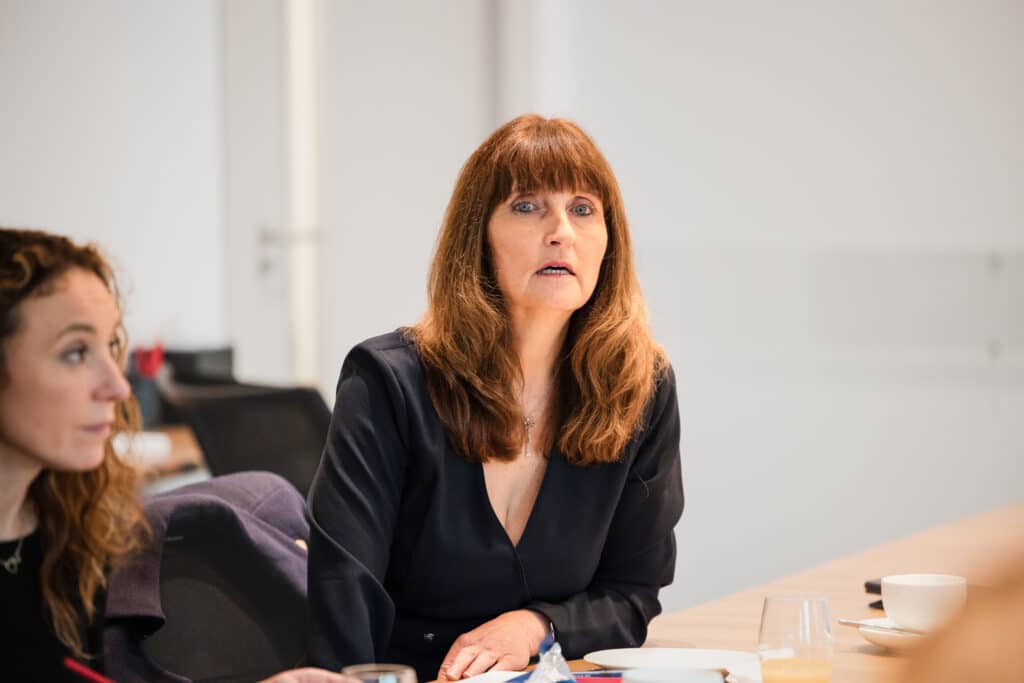Can a Collaborative Divorce Ever Work?
A collaborative law divorce can certainly work; however, it does depend to a large extent on the couple’s willingness to cooperate and is also dependent on the complexity of their situation.

What is a Collaborative Divorce?
A collaborative divorce is where both spouses agree to work out terms (e.g. of their finances, including division of assets, consideration of income, pensions etc and sometimes also parenting plans if there are children involved) with the help of specially trained collaborative lawyers. The parties agree to stay out of Courting and do so by signing what is known as a Participation Agreement. The collaborative lawyers instructed also sign the agreement. It binds the parties to the process. In most cases, the parties exchange anchor statements which give a precis as to why they want to use the collaborative process in their case. Very often, it is because they want to deal with matters on a non-adversarial basis and they want to try and reach an agreement so that they leave the process without animosity, and so they can remain on good terms, particularly where they have children with the other parent. Often, neutral professionals such as financial advisers/planners or family therapists etc will join the team in order to assist.
When does a Collaborative Divorce work well?
Briefly, a collaborative divorce works well when:
- Both parties are willing to be transparent about finances and their priorities.
- There is no abuse, coercion, power imbalance, or controlling behaviour on the part of one party towards the other.
- Both parties want to preserve a decent relationship (especially if children are involved).
- There is trust that both parties will be open and honest and frank.
- The process can often be faster and can be less expensive than fully contested proceedings.
When does a Collaborative Divorce fail?
This tends to happen where:
- One person is secretly angling for an upper hand or will not fully disclose assets.
- Emotions are so high that meaningful compromise feels impossible.
- There is a history of controlling behaviour, manipulation, abuse or extreme distrust.
What are the main advantages of a collaborative divorce?
These can be summarised as follows:
- The collaborative process is non-adversarial which means that there has to be a mind shift.
- The parties work together with their lawyers r as a team to try and find solutions.
- More flexible agreements can be reached and such can be tailored to the family’s needs rather than relying on a Judge’s one size fits all Order – which may not be to either party’s liking.
- A very important factor for parents is achieving better long-term collaboration because of the process.
Risks of a collaborative divorce failing
In brief
- If discussions fail in the collaborative process and it breaks down completely, then both lawyers generally should withdraw, with each spouse having to instruct a new lawyer at a completely different firm. This can understandably increase costs.
- If it transpires that there is a lack of faith as time goes by, this can mean that quite a substantial amount of time and money may be wasted before moving on to the issuing Court proceedings for the couples’ issues to be adjudicated upon.
If anyone is considering on giving the collaborative process a go the answer is yes as the collaborative process can work extremely well, but only where there is mutual goodwill. However , the parties need to understand that it is not a magic cure particularly where there is any deep conflict between the parties.

